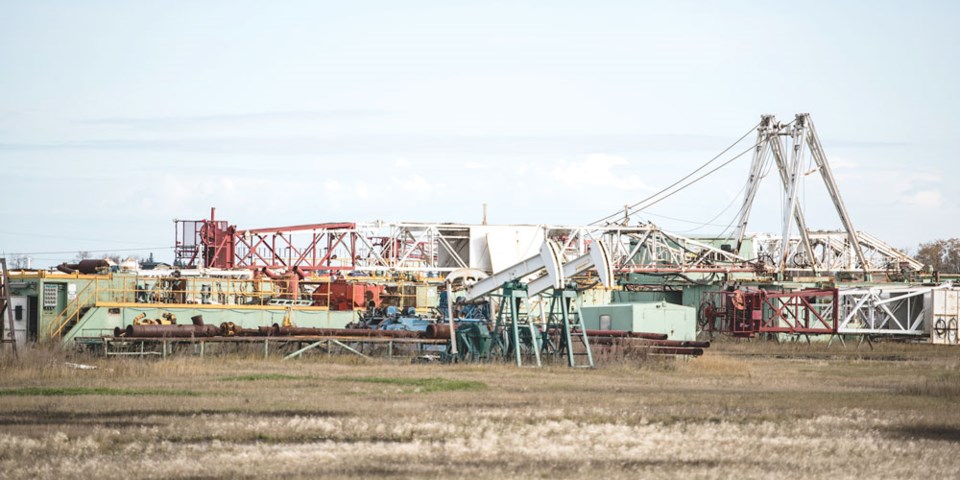Fewer drilling rigs were registered with the Canadian Association of Oilwell Drilling Contractors (CAODC) by the end of December than at the beginning, with notable delistings in the final month of 2019.
“December is typically when companies are going to be doing their inventory,” said John Bayko, CAODC vice-president of communications. “And so, I’d say traditionally, because dues are due in January, if they’re going to be pulling anything off the books, they’re going to be doing it in December.”
Last month, for example, Ensign Drilling Inc. delisted 17 drilling rigs, including 14 mechanical telescoping doubles built between 1993 and 2011, with depth capacities ranging from 3,000-4,000 metres. Other recently-delisted Ensign rigs included two mechanical cantilever doubles (built in 1998) with 3,200- and- 3,500-metre depth capacities, respectively, and one mechanical cantilever triple built in 2005 with a 4,000-metre depth capacity.
Precision Drilling Corporation delisted seven drilling rigs at the end of the year, including four DC cantilever triples with depth capacities of 3,400 metres, 4,200 metres, 4,500 metres and 5,000 metres, respectively. The other three delisted Precision rigs were mechanical slant singles, including two with depth capacities of 2,500 metres each, and one with a 1,500-metre depth capacity.
Nabors Industries Ltd. delisted and took out of service six drilling rigs at the end of 2019, including four DC cantilever triple rigs (two with 4,000-metre depth capacities, one with a 7,000-metre depth capacity and one with a 5,300-metre depth capacity), as well as two mechanical telescoping doubles with 3,400-metre depth capacities.
Meanwhile, Akita Drilling Ltd. delisted one drilling rig at the end of 2019, doing so for purposes of relocation to the United States. This AC telescoping double, built in 2016, has a depth capacity of 4,000 metres. The company has been shifting more of its drilling rigs to the U.S. market recently, and specifically to the Permian.
By comparison, Bayko said in December 2018 the CAODC reported seven delisted rigs, with one of those going to the U.S. In December 2017, there were 12 delisted rigs, three of which went to the U.S. Most rigs that are delisted are taken out of service, rather than simply moved to other jurisdictions.
“In terms of delistings in 2019, on the drilling side we had 78 delists, and on the service side we had 90,” Bayko said, noting that just eight of the 78 drilling rigs delisted this year were moved to other jurisdictions. Most are retired.
“[It’s] because there are no wells С����Ƶ drilled. Activity is so low.”
He added, “If it’s older iron, then I think a lot of companies are anticipating that stuff is just never going to go back to work, and so they’re going to retire it.”
According to CAODC’s 2020 forecast, released in November, Canada’s rig fleet for this year could decrease by 48 to 497. This week, the number of registered land-based drilling rigs as sited on the CAODC’s website was 517. Active drilling rigs as sited on the website this week totalled 214, which Bayko said shows a bit of an uptick so far in January.
“We haven’t seen the positive side of 200 in a long time. We’re quite pleased with that, and hopefully things will keep moving in that direction.”
The upcoming February edition of Pipeline News will be focusing on “Where have all the drilling rigs gone?” Watch for it at pipelinenews.ca.
��
��
��




